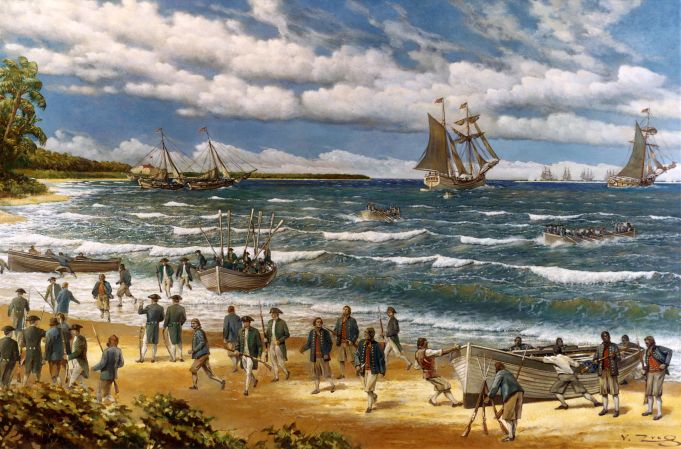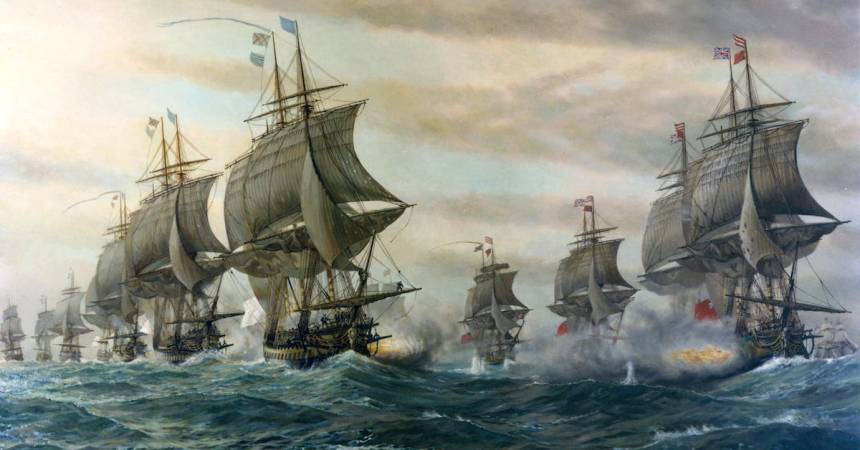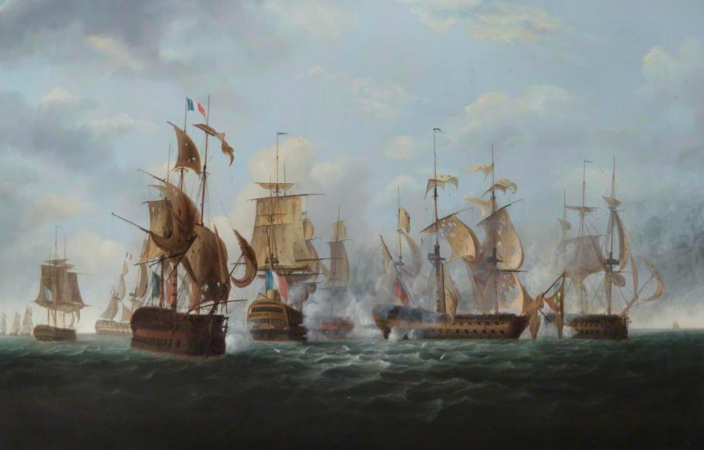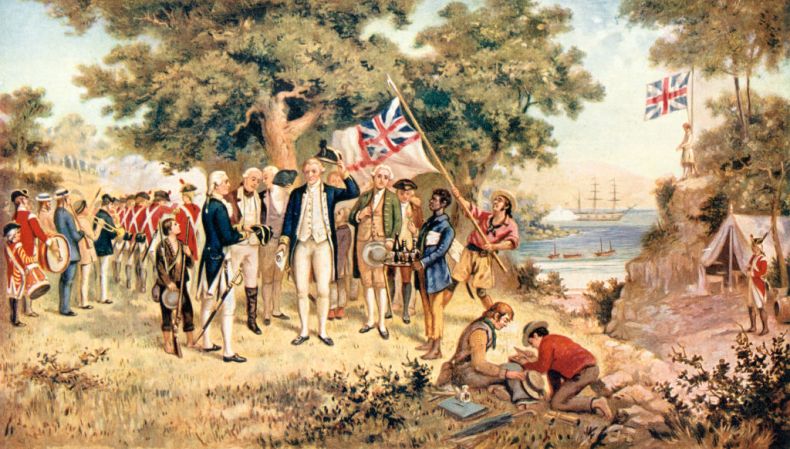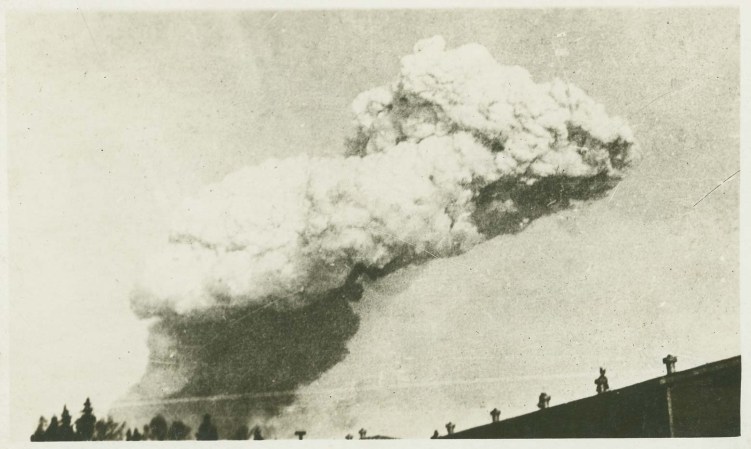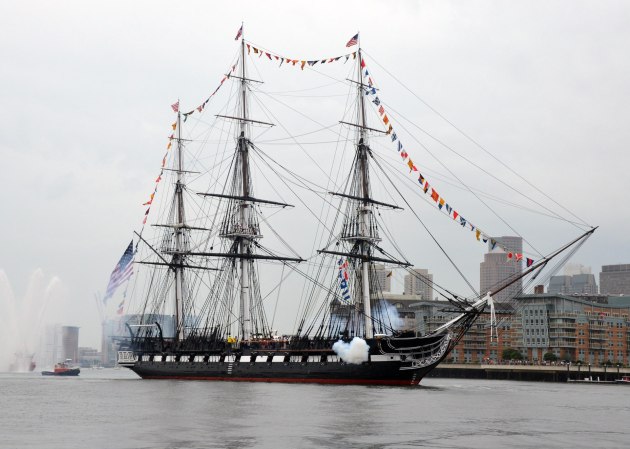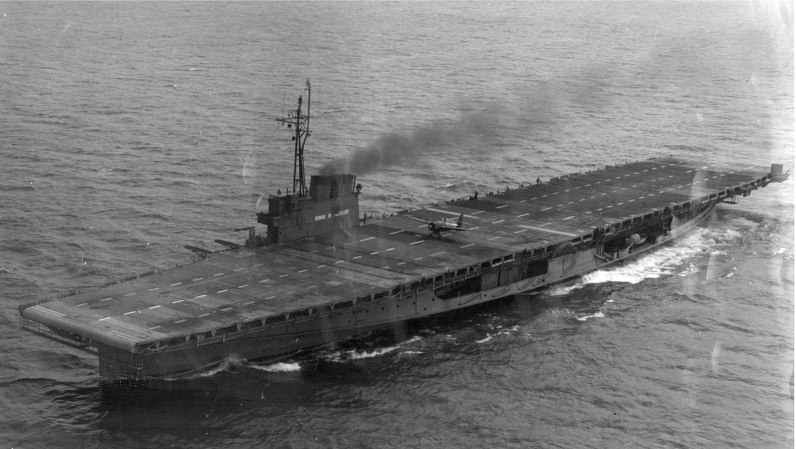In the war for American independence, an oft-forgotten force strangled British commerce, raided supply and seized ships for American use. While usually forgotten by history, privateersmen were the largest naval muscle of the Continental government. So much so that Massachusetts, Gen. George Washington, and the Continental Congress all authorized them.
So how did a privateersman or a ship owner enter the trade? And how did privateering work?
Recruiting
When governments approved privateering, they had to recruit two distinct groups of people: Shipowners and sailors. While the two often worked together, they wanted different things for different reasons. Sailors wanted regular and decent-paying work. And shipowners wanted each of their vessels to make a decent profit.
Luckily for the Continental forces, Britain’s strangulation of American trade resulted in a lot of idle ships and sailors. The Boston Port Act and Restraining Acts forced a lot of ships and crews into harbor where they made no money. Many ship owners decided to send their vessels privateering, and they recruited sailors to do so. And so a British law intended to shorten the war actually acted to accelerate privateer recruitment.

A shipowner asked the government for permission to privateer, and Washington, Massachusetts, and then the Continental Congress all obliged. Once a shipowner had permission, they advertised near the docks and piers as well as in newspapers for sailors. A 1780 ad called for sailors who “love their country and want to make their fortune at one stroke.”
And the life of a privateersman, while dangerous and grubby, could earn a fortune while serving the nation.
Seizing prizes
By the late 1700s, privateering was a well-regulated and lucrative business. Captains had to spot a ship that served the enemy navy or merchant fleet and then either intimidate the crew into surrendering or else seize it by force.
While that may sound a lot like piracy, the difference was that privateers could only attack certain vessels, had to take them to a specific set of ports on the coast, and then wait as the courts decided whether the ship had been legally taken.
But if courts declared it legal, then the owner paid a tax of 30-40 percent and split the remaining proceeds with the crew, usually 50-50. Crew members could also earn bonuses by taking certain actions like being the first to spot a vessel, first to board, etc. But crew also faced potential fines or loss of their share if they were too violent to a surrendered man or indecent to a woman.

All of that made privateering a decent living for a sailor, a handsome profit-maker for shipowners, and a solid revenue center for the government. So shipowners and crews typically leaped at the chance to engage in privateering with 800 ships doing so in the American Revolution.
That allowed the U.S. government to draw down the Navy after the Revolution. When America entered the War of 1812, crews again entered the dangerous life of violence on the high seas.
Battlefields.org describes them as “The Militia of the Sea.”
For British shipowners and their insurers, privateers were a major drain on their business model. Every seized vessel meant a big insurance claim and a resulting increase in rates for the rest of the merchants.
Britain retaliated by “impressing” American sailors of all kinds into the navy, but especially privateersmen. And those who couldn’t be forced to work became prisoners ineligible for parole or prisoner swaps.
Between the wars
Of course, privateering made no money whatsoever when there wasn’t a war on. If a country had no enemy nations, then there were no enemy merchant fleets to plunder.
In older times, like the War of Spanish Succession, an end to privateering meant a resurgence of piracy. But after the American Revolutionary War and the War of 1812, many privateersmen returned to shipping or fishing. The commerce needs of fledgeling America allowed them to make plenty of money in honest trade.
Privateering has essentially died out, but with Russian grain and oil shipments fueling the war in Ukraine, maybe it’s time to bring it back…



